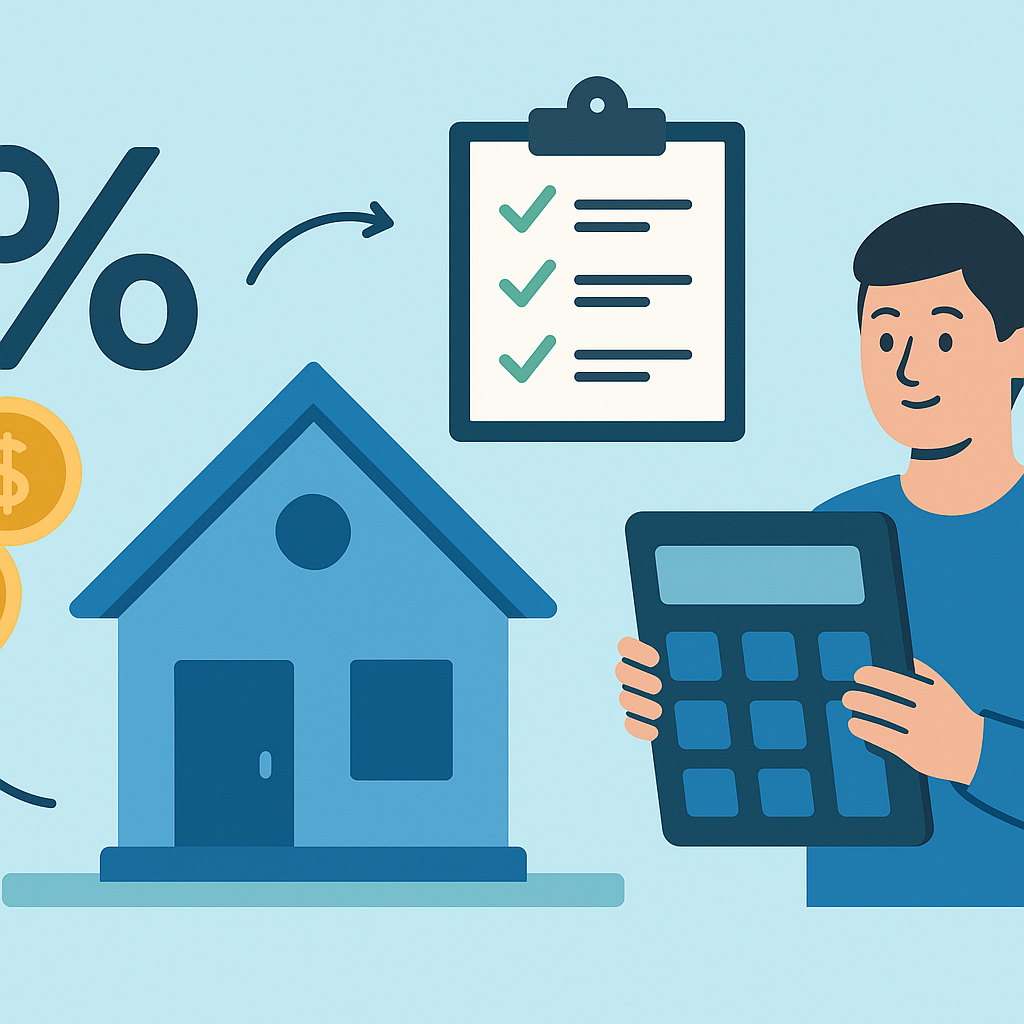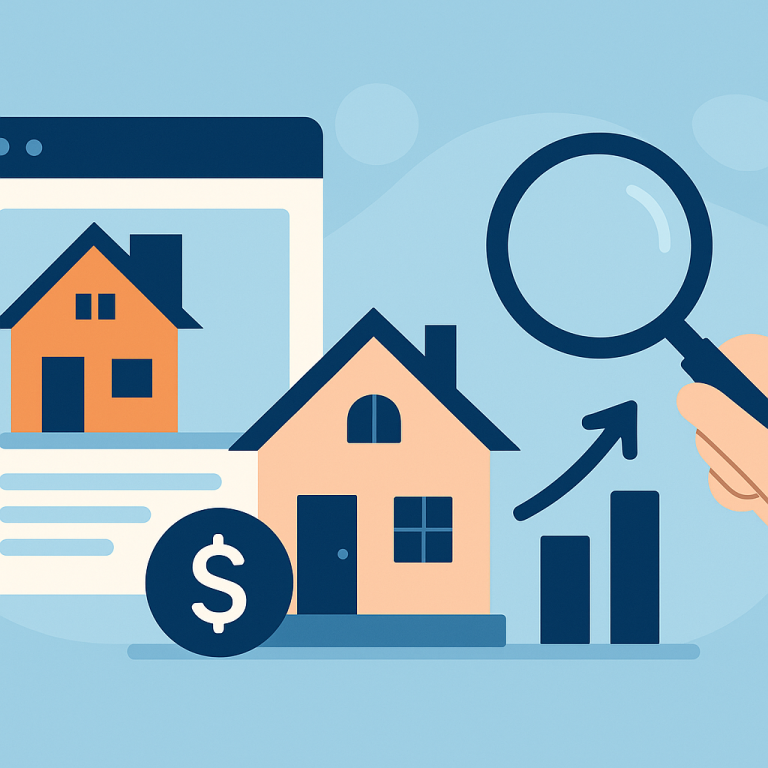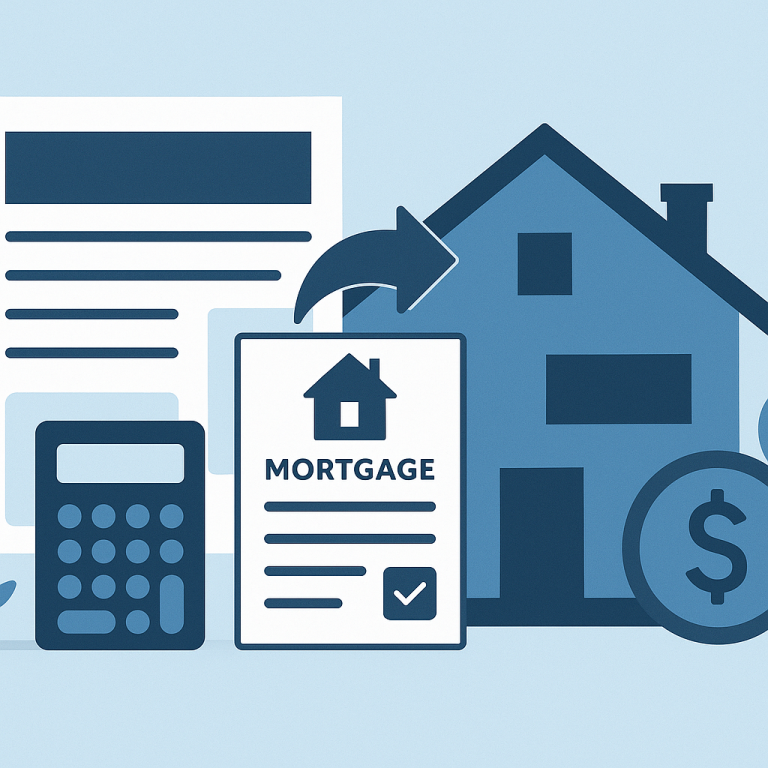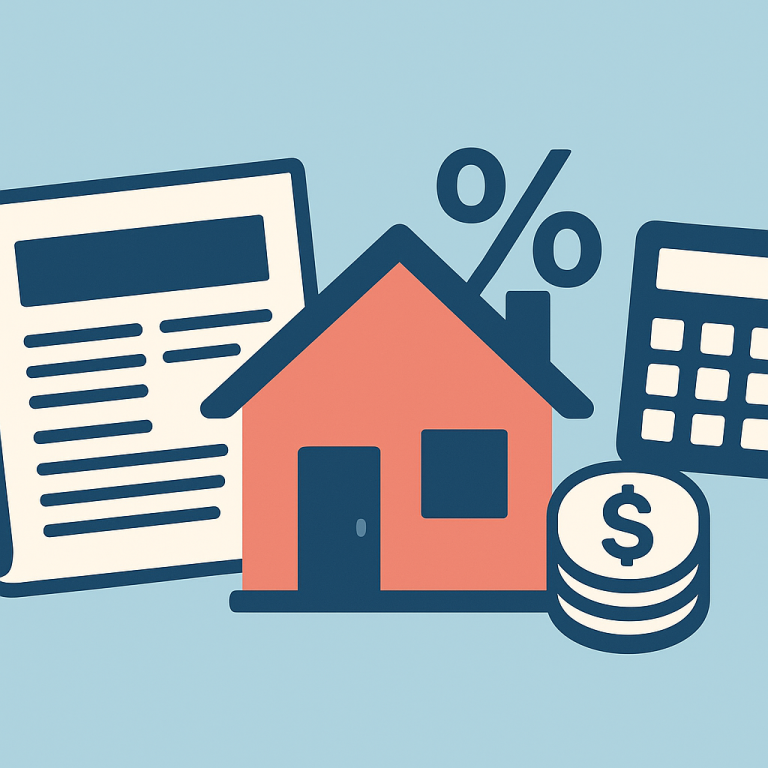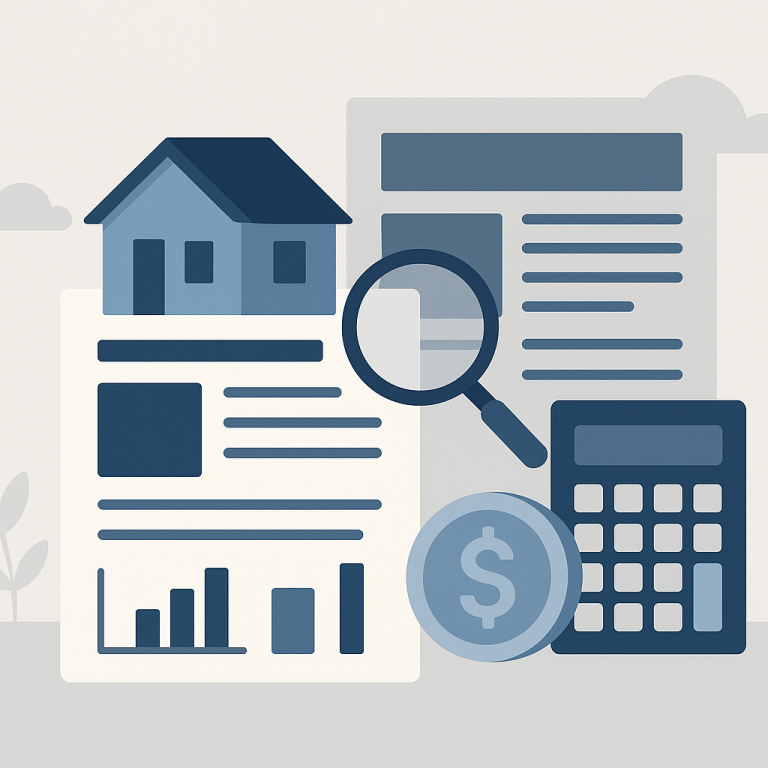Refinance guide refinancing to remove a balloon payment
Refinancing to Remove a Balloon Payment: What It Is and When It Makes Sense
A balloon payment mortgage requires regular payments for a fixed period, then a large lump-sum payment (the “balloon”) when the term ends. Refinancing to remove a balloon payment means replacing that loan with a new mortgage that spreads the remaining balance over a fully amortizing term (for example, converting to a 15- or 30-year fixed-rate loan) so you avoid the large final payment.
This strategy makes sense when the balloon payment is coming due and you either don’t have the cash to pay it, don’t want to sell your home, or prefer predictable monthly payments. It’s also a common move if you want to switch to a fixed rate, lock in the current interest rate environment, or stabilize your budget by avoiding a one-time large obligation.
Benefits and Drawbacks
Benefits
- Eliminates the large lump-sum payment, converting it into regular monthly payments.
- Creates payment predictability—especially if you choose a fixed-rate loan.
- May lower monthly payments by extending the term, improving cash flow.
- Can consolidate multiple mortgage obligations (if you have more than one) into a single loan.
- May be an opportunity to refinance into a lower interest rate or remove adjustable-rate risk.
Drawbacks
- Refinancing incurs closing costs (appraisal, origination, title, etc.), which can be substantial.
- You may end up paying more interest over the life of a longer loan term.
- Qualifying requires credit, income documentation, and sufficient equity; not everyone will qualify.
- Depending on current rates and fees, refinancing might not be financially beneficial.
Costs and Fees to Expect
Refinancing costs are similar to those for a purchase mortgage. Typical fees include:
- Loan origination fee: Lender’s fee for processing the new loan.
- Appraisal fee: To confirm current market value and determine loan-to-value (LTV).
- Title search and title insurance: To ensure clear ownership and protect the lender’s interest.
- Credit report fee and underwriting fees.
- Recording fees and state or local transfer taxes, if applicable.
- Prepaid interest and initial escrow deposits (property taxes and insurance) at closing.
- Points (optional): Upfront fees to lower your interest rate. Evaluate break-even timeframe.
Some specialty charges may apply, such as flood certification, surveys, or attorney fees in certain states. Also check whether your current loan has a prepayment penalty tied to the balloon clause—this could add cost if it applies.
Step-by-Step Process
- Review your current loan documents. Confirm the balloon payment amount, due date, and any clauses about refinance or prepayment penalties.
- Check your financial position. Gather pay stubs, tax returns, asset statements, and verify your credit score and equity. Lenders will need this to qualify you.
- Shop lenders and get quotes. Compare rates, terms, closing costs, and loan features from multiple lenders. Ask for a Loan Estimate to compare apples-to-apples.
- Choose the right loan product. Decide between fixed vs adjustable rates, 15- vs 30-year terms, and whether paying points makes sense for your horizon.
- Apply and lock the rate. Submit the paperwork and request a rate lock once you’re satisfied with the offer.
- Underwriting and appraisal. The lender will underwrite the application and order an appraisal to confirm value and LTV.
- Clear conditions and close. Provide any remaining documents, clear underwriting conditions, and attend the closing. The new loan pays off the old loan and removes the balloon obligation.
- Post-closing. Confirm the old loan is paid off and that your escrow and payment setup with the new servicer are correct.
Common Pitfalls to Avoid
- Waiting until the last minute. If the balloon payment date is imminent, you may rush and accept poor terms. Start the refinance process months before the due date.
- Underestimating closing costs. Always factor fees into your decision and compare APR, not just interest rate.
- Assuming you’ll qualify. Refinancing requires sufficient income, credit, and usually equity. If your home value has fallen or income changed, you may not qualify.
- Ignoring loan features. Some balloon loans have provisions that let you extend or restructure with the current lender—investigate those options before refinancing elsewhere.
- Skipping a payoff verification. Make sure the lender pays off the balloon loan in full and that there are no lingering liens or errors.
Short FAQ
Can I refinance a balloon mortgage before the balloon is due?
Yes. Refinancing early is often advised so you have time to shop and qualify. Starting the process 60–120 days before the balloon due date is common.
What if I don’t have enough equity to refinance?
Low equity makes qualifying harder, especially for conventional loans. Options include a government-backed refinance (if eligible), seeking a portfolio lender, or negotiating with your current lender for a modification or extension if available.
Will refinancing to remove the balloon payment hurt my credit?
There will be a small temporary dip in your credit score due to the hard inquiry and opening a new account, but responsibly managing the new loan will stabilize your credit. The impact is usually minor and short-term.
How do I know if refinancing is financially worth it?
Compare the total cost of refinancing (closing costs and any penalties) to the monthly savings or benefits. Calculate the break-even period for paying points and consider how long you plan to stay in the home. Use APR and total cost comparisons to decide.
META: refinancing to remove a balloon payment, balloon mortgage, refinance guide, costs and process, pros and cons, homeowner FAQ

